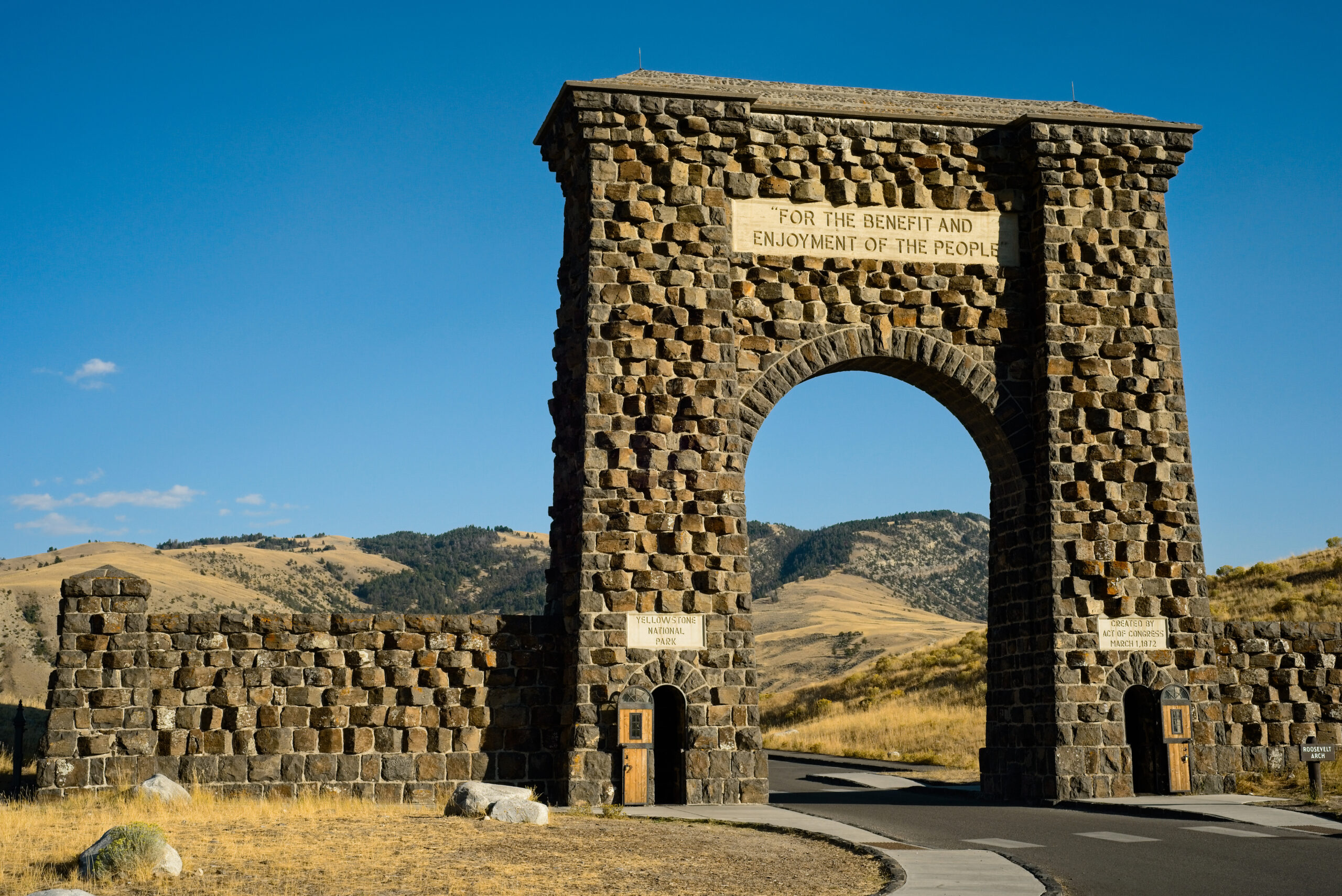
Indeed, this scheme was considered by most economists to be the poster child of cap and trade. As Terry Anderson and Gary Libecap write in the Daily Caller by 2007 annual SO2 emissions dropped to 8.95 million metric tons at a cost of $747 million, “one-third less than it would have cost had the EPA used standard command-and-control regulation. The system worked beautifully—for a while.”
Today, however, the sulfur dioxide scheme is dead. The cause of death, according to Anderson and Libecap, is regulatory manipulation.
The Clean Air Interstate Rule and subsequent rules from the Obama administration have significantly undermined the sulfur dioxide trading scheme by preventing the use of 12 to 14 million pre-2010 banked allowances for future trading and changing the ratio of allowances per ton of sulfur emissions from 1:1 to 2:1 for 2010–2014 and to 2.86:1 for 2015 and beyond.
Not surprisingly, sulfur dioxide allowance prices began falling in 2005 from $1,600 per allowance and hit an all-time low in April of $0.56 on the spot market and $0.12 on the seven-year future market. For all intents and purposes, the EPA’s taking of banked allowances and manipulation of the trading ratio wiped out billions of dollars worth of assets held in the form of allowances.
The original SO2 trading scheme, according to Benjamin, had some characteristics of property rights; for example, anyone was legally permitted to buy or sell allowances at market-determined prices: “Because the allowances are standardized (each represents the right to emit one ton of SO2) and the major potential traders (electric utilities) are likely to be well-informed, trade should be feasible at low transaction costs, just as we find in stock and bond markets.” But as Anderson and Libecap state, when allowances are not treated as property rights and are “given and taken at the whim of regulators,” the system fails.


